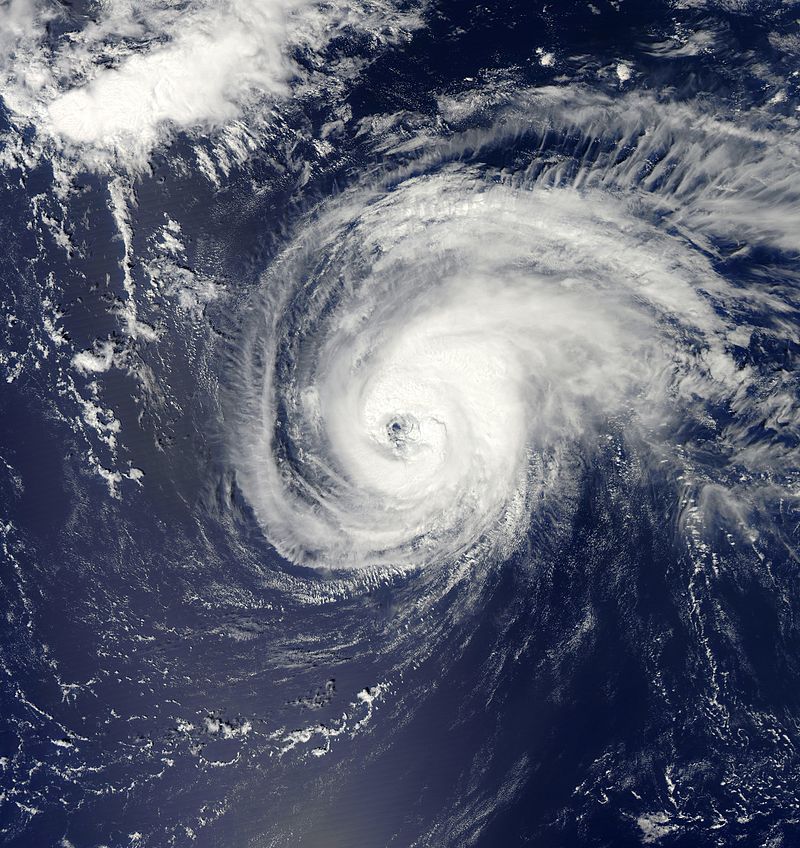Hurricane Gordon, a notable storm from the 2013 hurricane season, emerged as a tropical wave from the west coast of Africa and gradually developed into a powerful hurricane. This research article aims to provide a comprehensive overview of Hurricane Gordon’s trajectory, its effects on the affected regions, the damages incurred, and the subsequent recovery efforts. Furthermore, this article will offer insights into measures individuals and communities can take to enhance their preparedness for future hurricanes similar to Gordon.
Introduction: On August 10, a tropical wave entered the Atlantic Ocean from the west coast of Africa, eventually developing into Tropical Depression Eight on August 15. The system further intensified and was upgraded to Tropical Storm Gordon the same day. By August 18, Gordon had transformed into a hurricane, reaching its peak intensity with sustained winds of 110 mph (175 km/h) and a minimum barometric pressure of 965 mbar (28.5 inHg).
Impact on Affected Areas: 2.1 Before Landfall: As Hurricane Gordon approached land, it primarily affected open ocean areas, posing a potential threat to maritime activities and vessels in its path. Coastal regions were advised to closely monitor the storm’s progress and prepare for potential impacts.
During Landfall: At approximately 0530 UTC on August 20, Gordon made landfall on Santa Maria Island in the Azores, resulting in significant damage. Several homes experienced broken doors and windows, while fallen trees covered the streets. Temporary power outages occurred in some areas, although electricity was restored within a few hours. Torrential rains caused localized flooding and a few landslides.
After the Hurricane: Following the passage of Hurricane Gordon, affected areas undertook efforts to clean up and rebuild. Local authorities collaborated with community members to restore essential services and infrastructure. The cost of rebuilding varied depending on the extent of the damages incurred.
Human Impact: Fortunately, no fatalities were reported due to the precautions taken and timely evacuation measures. The Azores authorities implemented effective emergency response plans, including early warnings, evacuation orders, and public awareness campaigns.Preparedness Measures: To enhance preparedness for future hurricanes similar to Gordon, it is crucial to consider the following measures:
Stay Informed: Monitor weather forecasts, pay attention to official warnings, and stay updated through reliable sources of information. Follow evacuation orders and instructions from local authorities.
Develop an Emergency Plan: Create a comprehensive emergency plan for your family or community. This plan should include evacuation routes, a communication strategy, emergency supplies, and provisions for vulnerable individuals.
Secure Your Property: Take proactive measures to protect your property, such as reinforcing windows and doors, trimming trees, and securing loose objects. Consider investing in flood insurance if you reside in a vulnerable area.
Community Engagement: Collaborate with local authorities, community organizations, and neighbors to develop a resilient community response plan. Identify shelters, emergency services, and resources within your area.
Interesting Fact: As a direct result of Hurricane Gordon in 2013, extensive research was conducted on the storm’s impact, contributing to improved hurricane forecasting models and enhancing our understanding of tropical cyclone behavior.
Conclusion: The case of Hurricane Gordon serves as a valuable lesson in the importance of preparedness and timely response to mitigate the damages caused by hurricanes. By implementing the recommended measures and fostering community engagement, individuals and communities can significantly enhance their resilience when facing similar tropical storms in the future.
Keywords: Hurricane Gordon, 2012 hurricane season, impacts, damages, recovery efforts, preparedness measures, interesting fact.




Leave a Reply